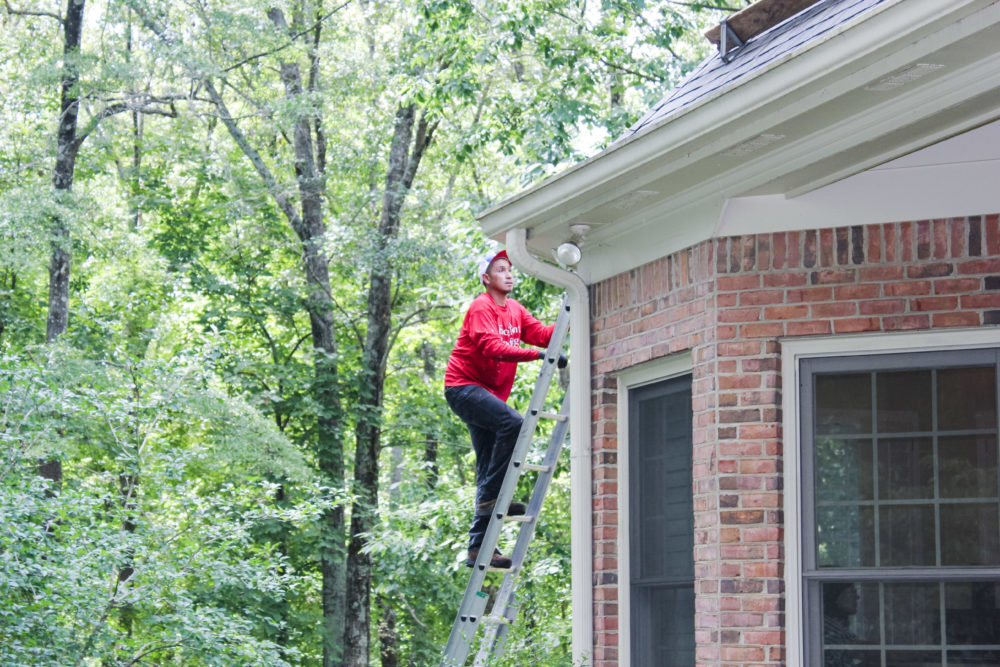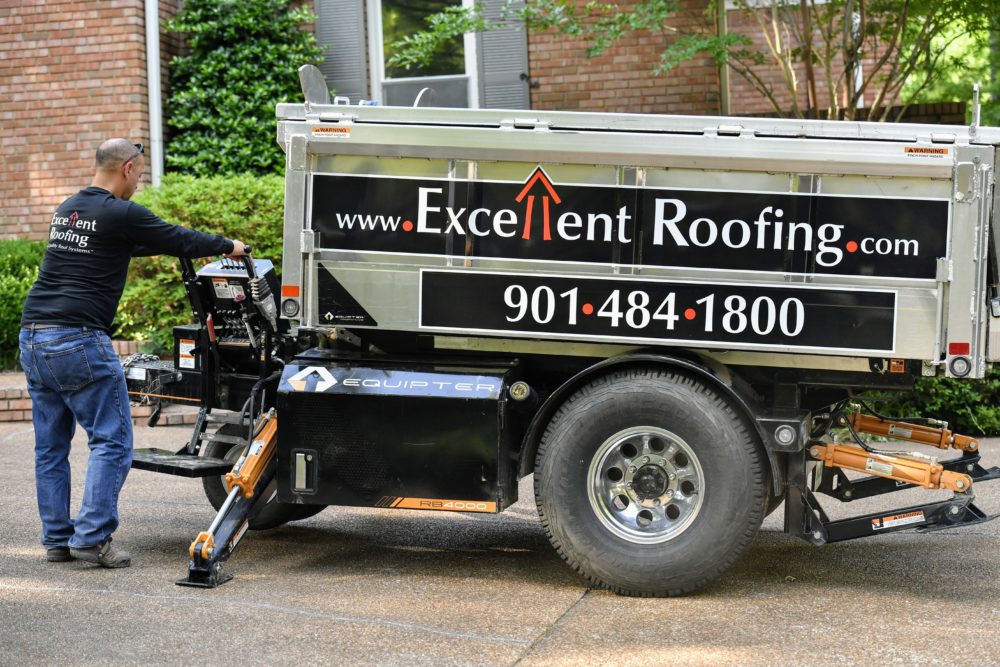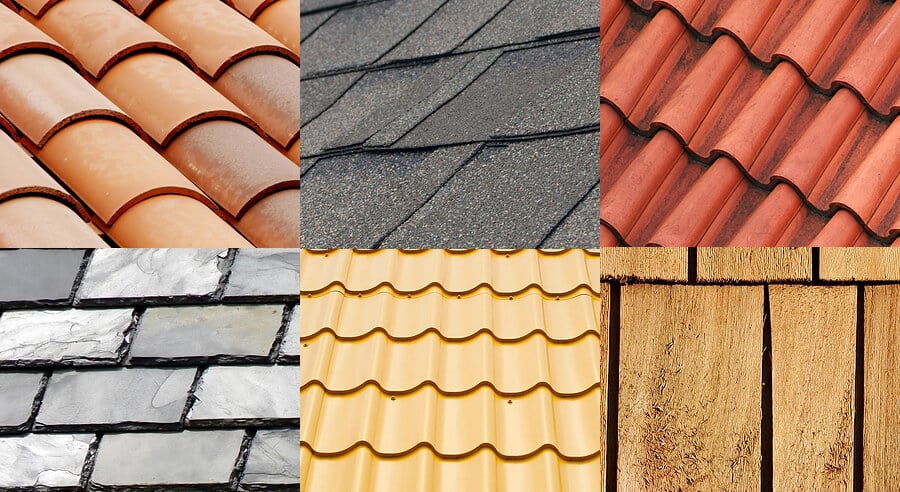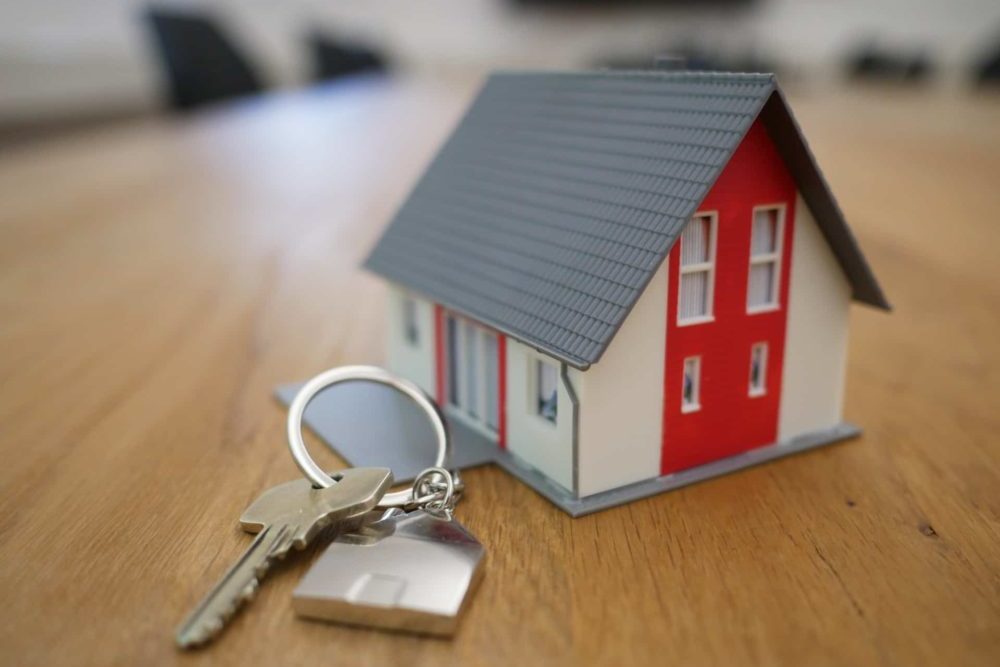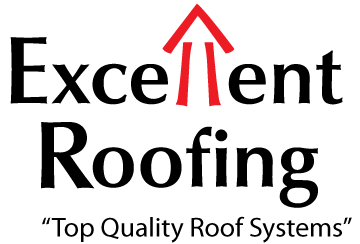If you live here in the Mid-South with the high-humidity, you are probably used to dealing with roof algae, moss, and mold on your property.
Algae, mold, and moss thrive on rooftops in locations with high humidity as there’s usually standing water on the roof. Throw in warm weather to that standing water and you have the perfect conditions for mold and algae growth.
While algae won’t cause any structural issues to your roof, it looks unpleasant and is damaging to the shingles over time.
If you want to avoid having to clean the algae off your roof or have it repaired, there are some methods of preventing the growth. That’s where we come in to help. Banish algae from your roof forever with our handy tips!
Play Video
Is Your Roof Algae-Free?
Schedule an Inspection Online
Trim the Trees
Most cases of roof algae begin with a single spore reaching the roof. The wind can waft a spore onto your roof and from there it can grow into algae. While rainfall increases the chances of algae growth, it isn’t necessary if there’s enough humidity lurking in the air.
One of the most effective methods of moss prevention is to trim or remove any trees nearby to your home. The easiest way for roof bacteria to reach your property is for it to transfer from nearby trees, so by trimming them or removing them completely, you can cut down on the bacteria blowing onto your roof.
While you can’t control whether the wind carries algae spores onto your roof, you can help prevent the spores from developing into algae. Overhanging trees can prevent sunlight from hitting your roof, allowing moisture to become trapped from heavy rainfall and storms. This can create ideal conditions for moss and algae growth.
Create an unsuitable environment for spores to grow by welcoming the amount of sun onto your roof by cutting back overhanging branches that extend near or above your roof.
Make sure you also cut the bushes close to your home too, as these can transfer algae bacteria onto your roof. You can also swap your mulch to help reduce algae and mold as some types of mulch put off bacteria spores that are blown onto the roof by the wind.
Remove Debris
Likewise, you can also keep the habit of removing debris from shingles and gutters to protect your roof from growing algae. This is especially important after a storm when debris such as leaves, twigs, and pine needles may have transferred onto the roof. If such vegetation is trapped in water on your roof, this offers the perfect environment for moss, mold, and algae to thrive.
By keeping roofs and gutters clean and free of debris, you can avoid algae developing on your shingles.
Has Algae Caused Roof Damage?
Schedule an estimate at a time that’s convenient for you
Eliminate Standing Water
Another way to reduce roof mold is to remove any standing water that sits on the roof. When it rains or snows, unfortunately, there isn’t much you can do to stop your roof from getting soaked. But by tending to the shingles, cleaning the gutters, and completing other small repairs, you can make sure there are no larger puddles of standing water after the rain or when the snow melts.
Remember, if there’s no standing water sitting on the roof, the algae won’t have the opportunity to grow. As a result, your roof will be free from mold, moss, and algae.
Choose an Algae Resistant Roof
If your roof isn’t in great shape and needs a repair, you can opt for a style that’s algae, mold, and bacteria resistant. To do this, you’ll need to replace your current shingles with metal infused shingles.
These shingles are algae-resistant because when the bacteria that leads to algae growth is exposed to certain types of metal such as copper, the metal kills it. So, by choosing a roof with copper-infused shingles, you can avoid the growth of algae and mold naturally and easily. Some companies also use zinc combined with copper to avoid algae growth.
Any water left from rain or melting snow also runs over the metal shingles, helping prevent the growth of mold, bacteria, and algae.
*Disclaimer: “Algae-Resistant” does not mean “Algae-Proof”. Most manufacturer’s algae resistant shingles only cover one type of algae, blue-green algae, in their warranties. The manufacturer’s warranty for algae usually covers you for about 10 years. Please talk to your roofing contractor before installation for more details.
Prevent Roof Algae With Regular Maintenance
No homeowner wants to have those unattractive and slimy looking streaks of algae sitting on their roof. Not only does it affect the overall appearance of your property, but it can affect the quality of your roof and lessen the value of your home.
If you arrange regular roof maintenance appointments and take other preventative steps, however, you can avoid having these issues.
If the algae have only damaged a couple of shingles, then repairs can fix the problem. However, if the algae have penetrated deep into the roof, affecting most of the roofing tiles, or if your roof is old and in need of a repair generally, then a roof replacement is probably more suitable.
Here at Excellent Roofing, we want to protect you from unattractive roof algae and mold. We can visit your property and provide a roof inspection to see if any repairs need to be done to help prevent the growth of roof algae.
Our team of expert technicians will diagnose the algae problem, analyze the extent of any roofing damage, and create an estimate of our effective roofing services.
To see how we can help with your algae problem, check out our roof repair services. Say goodbye to ugly and unwanted algae!
Get a Professional Roof Health Check
Drop us a line today to schedule your inspection
